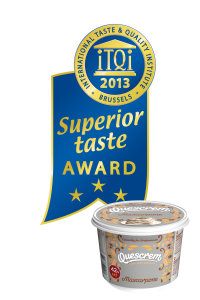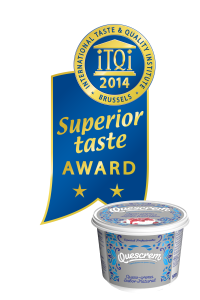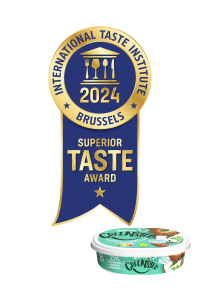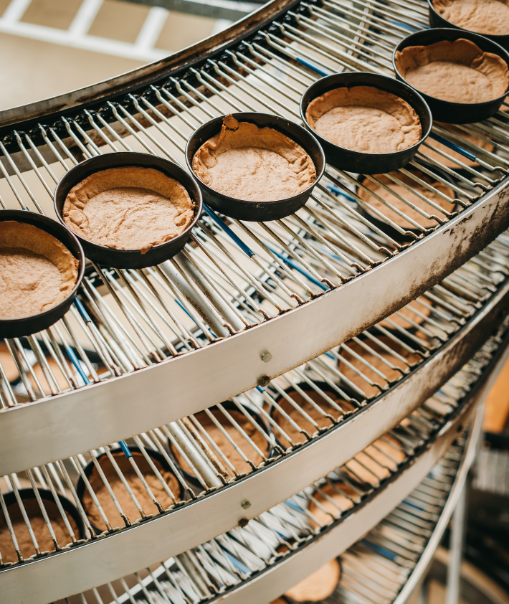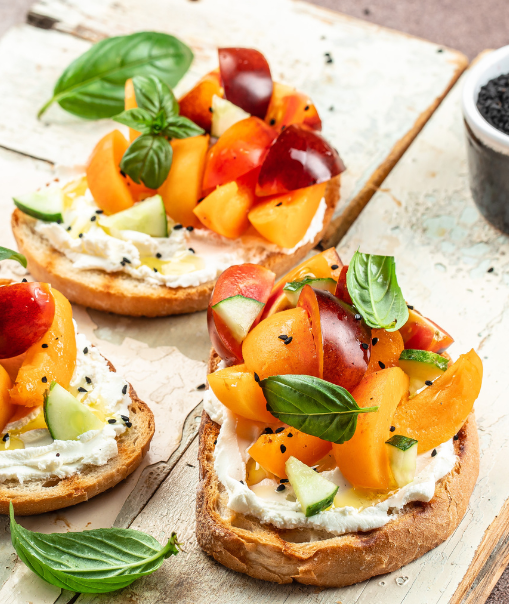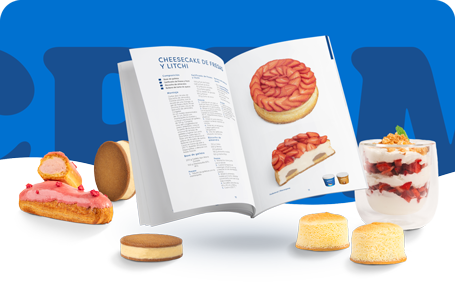OUR MISSION
Enjoy creating with you a creamy and tasty world.
R&D&I for the food industry
The strategic partner you need
Innovation is the key to Quescrem’s success. We work day by day from research and development to develop customized products with high standards of quality, conservation and use.
Our experience allows us to offer the food industry a cream cheese that brings a distinctive value to the products, standardized formulations and customized solutions to different processes in the industry.
Quescrem Recipes
Power up your dishes with recipes for professional chefs and for the home.
Preparations created by Gastroteq for you to enjoy the flavor and take care your preparations to the maximum.
-
Home
-
Professionals
Our history
Success in numbers
Quescrem was born more than 17 years ago thanks to the non-conformism of a group of people linked to the USC and the Dairy Products Classroom of the Lugo campus to create a cream cheese production company.
Our history is growing thanks to our commitment to innovation, creaminess and the flavor of our product. A project that shows that it is possible to generate interesting initiatives that boost the Galician dairy sector through internationalization and sustainability.
Blog
We share with you our news
